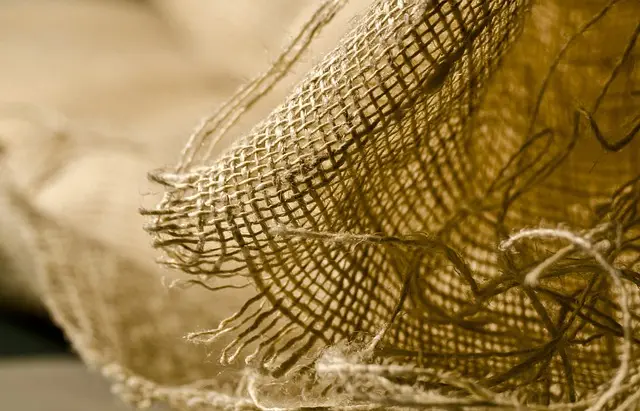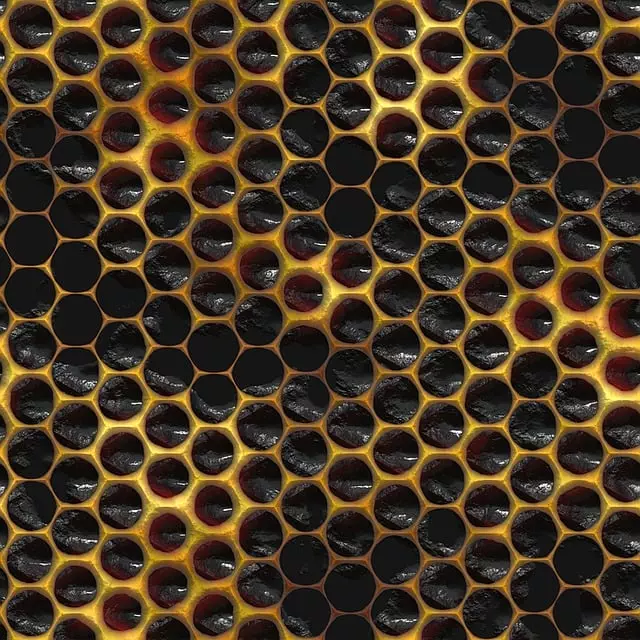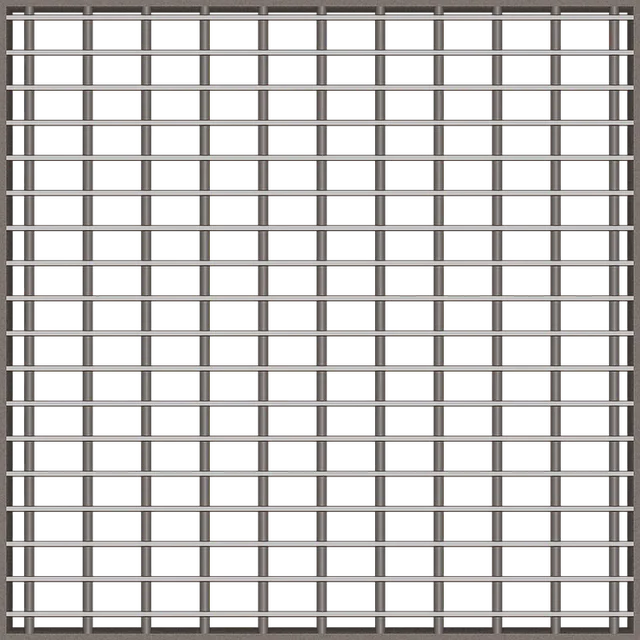Discover the unique properties and potent effects of Yellow Vein Kratom Powder, a variant that stands distinct from its counterparts. This article delves into the nuanced alkaloid profile that sets Yellow Vein apart, offering insights into its influence on well-being. Compare its characteristics to the renowned Red Vein Maeng Da Kratom, highlighting their similarities and differences. Explore the meticulous harvesting and processing methods that contribute to Yellow Vein’s distinct qualities, influenced by soil composition, climate, and cultivation techniques. User experiences and reviews further illuminate the impact of this intriguing kratom form. Join us as we unravel the essence of Yellow Vein Kratom Powder, an increasingly popular choice in the realm of botanical supplements.
- Unveiling the Potency of Yellow Vein Kratom Powder: An Overview
- The Distinct Alkaloid Profile of Yellow Vein Kratom and Its Effects
- Comparing Yellow Vein to Red Vein Maeng Da Kratom: Similarities and Differences
- How Yellow Vein Kratom Powder is Harvested and Processed
- The Role of Soil, Climate, and Cultivation Techniques in Yellow Vein Kratom's Characteristics
- User Experiences and Reviews: Insights on the Impact of Yellow Vein Kratom Powder
Unveiling the Potency of Yellow Vein Kratom Powder: An Overview

Yellow Vein Kratom Powder emerges as a distinct variant within the Mitragyna speciosa species, offering a unique alkaloid profile that differentiates it from its green and red counterparts. This particular strain is often lauded for its balanced effects, which blend the stimulating properties of white vein with the soothing aspects of red vein strains. For those familiar with the potent red vein Maeng Da Kratom, Yellow Vein Kratom Powder presents a comparable strength profile but with a distinctly different experience due to its unique alkaloid concentration. The effects are known to be both energizing and calming, making it a favored choice for individuals seeking a moderate yet potent experience. The alkaloids present in this strain interact with the body’s opioid receptors, influencing mood and energy levels in a manner that is often described as uplifting without being overpoweringly sedative.
When considering the use of Yellow Vein Kratom Powder, it is important to note the nuances that set it apart from other vein types. Unlike its cousin, the Maeng Da, which is known for its intense effects, Yellow Vein provides a more moderate experience, offering users a harmonious balance of both stimulating and relaxing qualities. This balance makes it a versatile option for those looking to enhance their focus or manage stress without succumbing to lethargy. Additionally, the powder form allows for easy dosing and administration, ensuring consistent effects that users can rely upon. As with all Kratom products, it is crucial to approach consumption with caution, adhering to recommended dosages and consulting with healthcare professionals when integrating it into one’s wellness regimen.
The Distinct Alkaloid Profile of Yellow Vein Kratom and Its Effects

Yellow Vein Kratom, a unique variation of the Mitragyna speciosa plant, is celebrated for its distinct alkaloid profile that sets it apart from its green and red counterparts. This particular strain possesses a harmonious blend of alkaloids, including 7-hydroxymitragynine, mitragynine, and 9-hydroxycorynantheine, which contribute to its characteristic effects. The presence of these compounds is what gives Yellow Vein Kratom its own unique identity. Unlike Red Vein Maeng Da Kratom, which is renowned for its potency and long-lasting effects due to its mature leaves, Yellow Vein Kratom offers a balanced experience that users describe as uplifting and energizing without the sedative qualities often associated with red vein strains. The effects are known to be more subtle and nuanced, providing a gentle stimulation and mood enhancement that is beneficial for those seeking a daytime supplement to help with focus and motivation. Additionally, the alkaloid content in Yellow Vein Kratom may offer analgesic properties, making it a favorable choice for individuals looking to manage mild discomfort without the heaviness associated with some red vein strains. The subtle balance of these active components makes Yellow Vein Kratom a versatile option for Kratom enthusiasts seeking a unique experience that aligns with their wellness goals.
Comparing Yellow Vein to Red Vein Maeng Da Kratom: Similarities and Differences

Yellow Vein Maeng Da Kratom shares a common lineage with its Red Vein counterpart, both originating from the same Mitragyna Speciosa tree. The key difference lies in the drying process that determines their distinct alkaloid concentrations and subsequent effects. Like its red counterpart, Yellow Vein Maeng Da is revered for its balanced profile of mitraphylline and 7-hydroxymitragynine, which contribute to its unique properties. Users often report a stimulating yet relaxing experience with Yellow Vein, which can be both energizing and calming, making it a favorite among those seeking a daytime balance. This effect is somewhat intermediate between the more sedating Red Vein Maeng Da and the more invigorating White Vein varieties. The Red Vein Maeng Da, on the other hand, is known for its potent analgesic and sedative effects, often used to alleviate chronic pain and promote relaxation, making it a preferred choice for evening use or before bedtime. Both strains are prized for their quality and efficacy, with many users turning to Maeng Da strains for their balanced alkaloid composition that provides both stimulating and sedative effects, depending on the vein color and drying process. The nuanced differences in drying methods result in distinct alkaloid profiles, influencing the user experience and making Yellow Vein Maeng Da a popular alternative to Red Vein for those seeking a more balanced, daytime-appropriate effect.
How Yellow Vein Kratom Powder is Harvested and Processed

Yellow Vein Kratom Powder, a variant often overshadowed by its more popular counterparts like Red Vein Maeng Da Kratom, undergoes a unique processing method that sets it apart. This distinct variety is crafted through a specialized drying process that involves careful attention to the plant’s maturation and exposure to the sun at strategic points during its harvesting cycle. Unlike the traditional drying process used for Red Vein Maeng Da Kratom, which typically involves an initial withering of the leaves followed by exposure to sunlight, Yellow Vein Kratom is allowed to mature in a natural setting until it develops a unique alkaloid composition that gives rise to its characteristic effects. This extended period of maturation and the specific drying conditions contribute to the development of the rich yellow hue for which this strain is named. The resulting powder retains a blend of mitraphyne, 7-hydroxymitragynine, and other alkaloids found in red vein strains, but with a profile that offers a more balanced and mellow experience. The intricate process behind Yellow Vein Kratom Powder is a testament to the artistry and skill required to produce high-quality kratom products, ensuring that each batch maintains the integrity and potency expected by consumers seeking its unique benefits.
The Role of Soil, Climate, and Cultivation Techniques in Yellow Vein Kratom's Characteristics

Yellow Vein Kratom, a unique variant of Mitragyna speciosa, possesses distinct characteristics that are influenced by several key factors during its cultivation process. The soil in which Kratom trees are grown plays a pivotal role in determining the alkaloid profile and potency of the leaves. Soils rich in specific nutrients and with optimal pH levels can foster the growth of Kratom plants that exhibit the desired yellow veins, which are indicative of the matured leaves often associated with higher alkaloid concentrations. These conditions are crucial for the development of the plant’s unique biochemistry, which contributes to the specific effects Yellow Vein Kratom is known for.
Climate conditions also significantly impact the characteristics of Yellow Vein Kratom. The ideal climate for Kratom cultivation typically includes a balance of humidity and sunlight, akin to the conditions found in its native habitat of Southeast Asia. Consistent temperatures, moderate rainfall, and high humidity not only support plant health but also influence the alkaloid content within the leaves. Additionally, the photoperiod, or the length of daylight versus darkness, affects the plant’s growth patterns and alkaloid synthesis, further contributing to the distinct properties of Yellow Vein Kratom. Cultivation techniques such as pruning, spacing, and harvesting at peak maturity are also vital to achieve the desired alkaloid levels and maintain the integrity of Red Vein Maeng Da Kratom’s effects, which, while a different vein color, can benefit from similar cultivation practices for optimal results. These techniques, combined with careful monitoring of environmental factors, ensure that the Yellow Vein Kratom produced is of high quality and consistency, providing users with a reliable and effective experience.
User Experiences and Reviews: Insights on the Impact of Yellow Vein Kratom Powder

Yellow Vein Kratom Powder emerges as a distinct and potent variation within the kratom landscape, offering unique effects and experiences that set it apart from its counterparts, including Red Vein Maeng Da Kratom. Its alkaloid composition contributes to a balanced influence on users, with reports indicating a blend of stimulant and sedative properties. The meticulous cultivation and processing methods employed to produce Yellow Vein Kratom further highlight the significance of environmental factors in shaping its characteristics. As evidenced by user reviews, this strain offers a nuanced experience that has garnered attention among enthusiasts. With its individuality established across various aspects from potency to user feedback, Yellow Vein Kratom Powder stands as a noteworthy option for those seeking the benefits of kratom.






